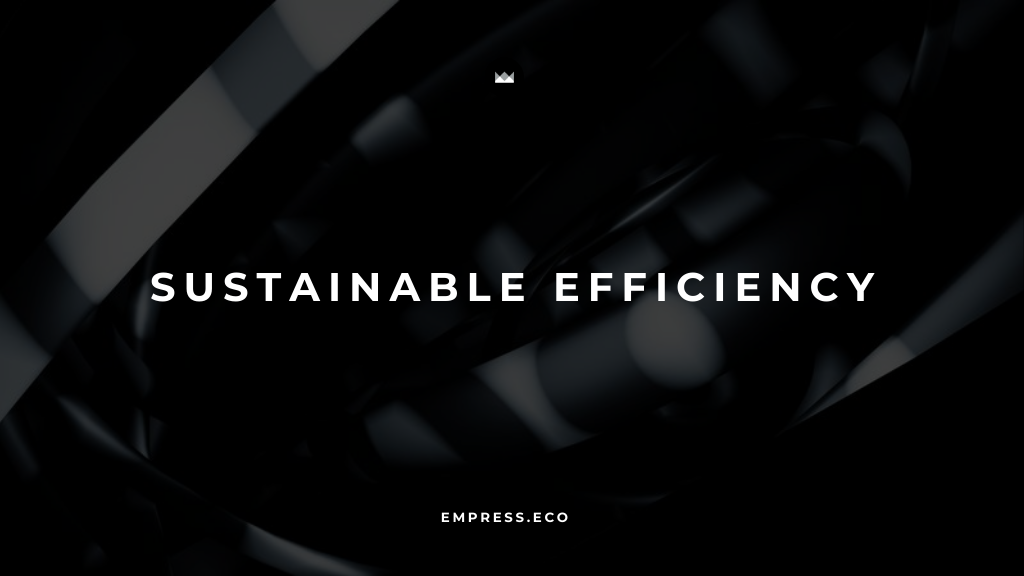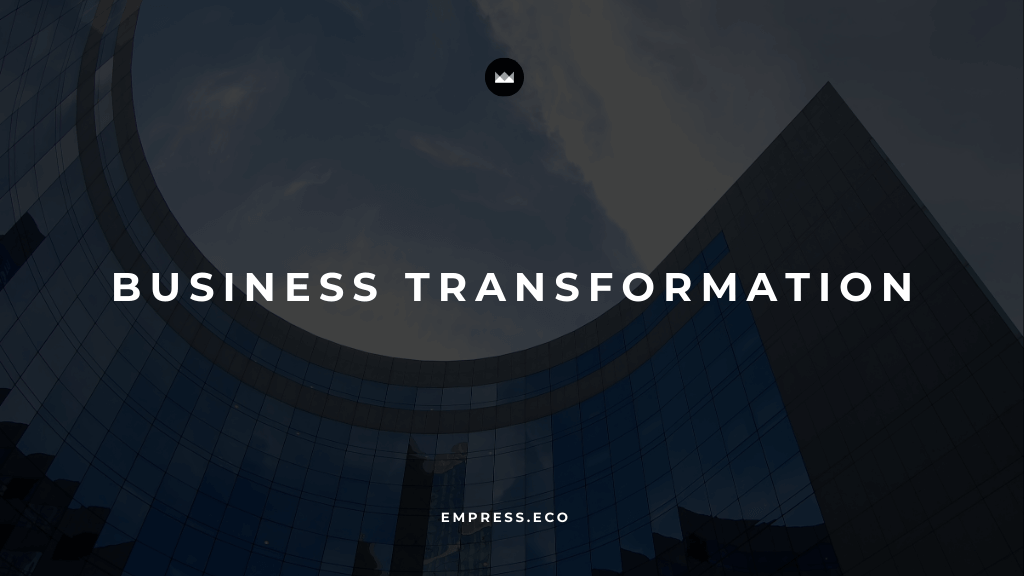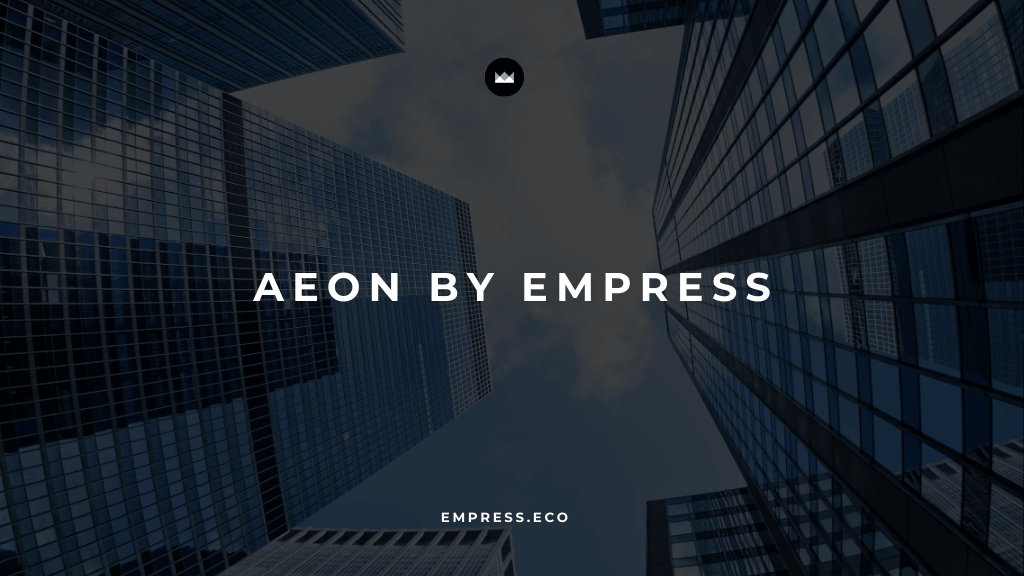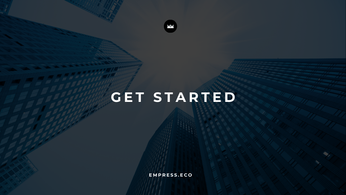
Achieve Operational Efficiency with Sol’s Sustainable Business Solutions
Discover how sustainability and operational efficiency work together to drive long-term growth.
Table of Contents
In today’s business world, success is no longer just about profit margins and bottom lines. It’s about sustainability—both in terms of environmental impact and long-term growth. Companies that prioritize operational efficiency and integrate sustainable practices are not only helping the planet, but they’re also creating more resilient, cost-effective, and scalable business models.
If you’ve been wondering how to balance sustainability with profitability, you’re in the right place. Sustainable practices aren’t just an ethical choice—they’re a smart business strategy. By optimizing your operations with sustainability in mind, you can reduce costs, minimize waste, and position your company for lasting success.
In this blog, we’ll break down how you can integrate sustainability into your operations, with actionable strategies, practical examples, and insights to help you move from theory to practice.
Why Sustainability and Efficiency Are Essential Partners
First, let’s get one thing straight: sustainability and operational efficiency aren’t two separate goals. They’re intertwined. When you make your operations more efficient, you’re often reducing waste, cutting energy use, and streamlining processes—all of which are essential components of a sustainable business model.
The Business Case for Sustainability
Sustainability isn’t just about doing good for the environment. It’s about running a smarter, leaner business. When you reduce energy consumption, minimize waste, and optimize your supply chain, you’re not only cutting costs but also creating more resilient systems that can scale as your business grows. Sustainable practices help businesses become more adaptive and better equipped to handle challenges like rising resource costs, regulatory changes, or shifts in consumer preferences.
Example: Look at Walmart. By optimizing its supply chain and reducing waste through sustainable practices, Walmart was able to cut billions of dollars in costs. Not only did they save money, but they also reduced their carbon footprint and enhanced their brand reputation as a leader in corporate responsibility.
Actionable Insight: Consider sustainability as part of your overall strategy for growth. Start with an audit of your current operations to identify where waste is happening—whether that’s energy waste, material waste, or inefficiencies in your supply chain. From there, you can set tangible goals to reduce these inefficiencies.
Step 1: Audit Your Operations for Efficiency and Sustainability
The first step in optimizing your operations is understanding where you currently stand. A sustainability audit allows you to assess areas where your business is losing resources, time, or money and where improvements can be made.
Key Areas to Focus On
- Energy consumption: Are you using more energy than necessary in your facilities? Are there systems that could be upgraded for greater energy efficiency?
- Waste management: Are there processes in place to reduce material waste, or are you generating unnecessary byproducts that could be minimized or reused?
- Supply chain: How efficient is your supply chain in terms of transportation, packaging, and sourcing? Can you consolidate shipments, switch to eco-friendly materials, or reduce fuel consumption?
- Employee productivity: Are your employees spending time on repetitive tasks that could be automated or streamlined?
Practical Example: Auditing Energy Use
Imagine you own a retail business with multiple stores, and energy bills are a significant part of your expenses. Conducting an energy audit could reveal that outdated lighting systems and inefficient HVAC units are driving up costs. By switching to energy-efficient LED lighting and installing smart thermostats, you can reduce your energy consumption and lower your operating costs.
Actionable Insight: Start small—focus on one aspect of your operations at a time. Conduct an energy audit first, then move on to waste management, and so on. Over time, these incremental improvements will result in significant savings and efficiency gains.
Step 2: Implement Renewable Energy and Energy Efficiency Measures
Now that you’ve identified areas for improvement, the next step is to optimize energy use. One of the most effective ways to reduce both your environmental impact and operating costs is to switch to renewable energy sources and improve energy efficiency.
Transitioning to Renewable Energy
Renewable energy, such as solar, wind, and geothermal power, is becoming more accessible and affordable. By adopting renewable energy solutions, businesses can significantly reduce their carbon footprint while locking in lower energy costs in the long term.
Example: Apple is a global leader in renewable energy. The company has transitioned all its facilities to run on 100% renewable energy, including its offices, data centers, and retail stores. This move not only aligns with Apple’s commitment to sustainability but also ensures predictable energy costs and reduced reliance on fossil fuels.
Actionable Insight: Explore renewable energy options for your business. If installing solar panels or wind turbines isn’t feasible for your company right away, consider switching to a green energy provider that sources renewable power. Many governments also offer tax credits and incentives to businesses that invest in renewable energy solutions.
Boost Energy Efficiency
Even if switching entirely to renewable energy isn’t feasible right away, improving energy efficiency is a low-hanging fruit that delivers quick results. This might include upgrading your lighting, using energy-efficient appliances, or implementing smart building systems to regulate temperature and lighting based on occupancy.
Example: General Motors has saved millions of dollars annually by upgrading its facilities with energy-efficient lighting, improving HVAC systems, and optimizing manufacturing processes to reduce energy use. These changes not only save money but also align with GM’s long-term sustainability goals.
Actionable Insight: Start by upgrading outdated equipment with energy-efficient alternatives. This might mean switching to LED lighting, installing motion sensors for lights, or upgrading to energy-efficient appliances and HVAC systems.
Step 3: Optimize Your Supply Chain for Sustainability
Your supply chain plays a massive role in your overall operational efficiency and environmental impact. By optimizing logistics and sourcing sustainably, you can reduce costs, improve delivery times, and enhance your company’s reputation as a responsible business.
Reduce Transportation Emissions
One way to optimize your supply chain is by reducing transportation emissions. This could mean consolidating shipments, choosing eco-friendly packaging, or switching to electric or hybrid delivery vehicles. The goal is to minimize fuel use, reduce the carbon footprint of your logistics, and improve delivery efficiency.
Example: UPS has saved millions of gallons of fuel and reduced emissions by using advanced route optimization software. By planning routes that minimize left turns, UPS has significantly reduced idling time at intersections, lowering fuel consumption and improving delivery speed.
Actionable Insight: If your business involves deliveries or transportation, consider adopting route optimization software or switching to electric vehicles where possible. Even small changes like consolidating shipments or using smaller, more fuel-efficient vehicles can make a big difference over time.
Sustainable Sourcing
Sustainable sourcing means choosing suppliers who adhere to environmentally responsible practices, such as using recycled materials or minimizing waste in production. Working with suppliers who share your sustainability goals can enhance your brand’s credibility and help you build a more ethical supply chain.
Example: Nike has committed to reducing its environmental impact by working with suppliers that use sustainable materials and processes. The company has also implemented waste-reducing manufacturing techniques, such as its “Flyknit” technology, which uses less material in shoe production.
Actionable Insight: Audit your suppliers to see where they stand on sustainability. If you’re not already working with environmentally responsible suppliers, consider making the switch. Not only will this help reduce your business’s overall environmental impact, but it can also differentiate your brand in the eyes of eco-conscious consumers.
Step 4: Digitalize and Automate Processes
Incorporating automation and digital tools into your business operations is one of the most effective ways to improve efficiency. Whether it's automating administrative tasks, optimizing production lines, or using data to predict and prevent issues, automation reduces waste and improves productivity.
Automating Routine Tasks
Automation isn’t just for large corporations with massive budgets. Small and mid-sized businesses can also benefit from automating routine tasks like invoicing, inventory management, and customer support. This reduces human error, frees up time for more strategic activities, and ensures processes run smoothly and efficiently.
Example: Amazon uses automation extensively in its warehouses, from robotic systems that pick and pack items to automated inventory tracking. These systems reduce the need for manual labor, minimize errors, and help Amazon meet its customer demand at incredible speeds.
Actionable Insight: Identify repetitive tasks in your business that could be automated. Whether it’s using automated software for customer service, payroll, or scheduling, streamlining these processes can save time and reduce costs.
Using Data to Drive Efficiency
Another way to optimize operations is by using data analytics. Real-time data can help you monitor energy usage, production efficiency, and resource consumption, allowing you to make adjustments on the fly and prevent inefficiencies before they become costly problems.
Example: Siemens uses real-time data to optimize its manufacturing processes, allowing the company to reduce energy consumption and streamline production. By continuously monitoring performance, Siemens can make instant adjustments to improve efficiency and cut waste.
Actionable Insight: Start using data analytics tools to track key performance indicators (KPIs) related to energy use, waste, and productivity. These tools can help you identify trends and optimize processes in real-time, ensuring your operations are as efficient as possible.
Step 5: Incorporate Circular Economy Practices
One of the most innovative ways to reduce waste and increase operational efficiency is to adopt a circular economy model. A circular economy focuses on keeping products and materials in use for as long as possible, reducing the need for new resources and minimizing waste.
Recycle and Reuse Materials
A circular economy approach means finding ways to reuse or recycle materials within your business. Whether it’s repurposing packaging, recycling components, or selling used products for refurbishment, this approach reduces waste and creates new revenue streams.
Example: Dell has implemented a closed-loop recycling system in which old electronics are recycled and the materials are used in new products. This reduces the need for virgin materials and cuts down on e-waste.
Actionable Insight: Look for opportunities to recycle or reuse materials in your operations. This might mean creating a take-back program for customers to return used products or finding ways to repurpose by-products from production.
Overcoming Challenges in Sustainability and Efficiency
While the benefits of sustainability are clear, the path to integrating these practices into your business can be challenging. Common hurdles include upfront costs, resistance to change, and difficulty measuring impact.
Tackling Upfront Costs
Many sustainable practices come with upfront costs, such as installing solar panels or upgrading equipment. However, these investments typically pay off in the long run through reduced operational costs and increased efficiency.
Solution: Research available grants, tax incentives, or subsidies that support sustainability initiatives. Many governments offer financial assistance to businesses that invest in renewable energy or energy-efficient technologies.
Managing Cultural Change
Implementing new sustainable practices often requires a cultural shift within your organization, especially if employees or leadership are resistant to change.
Solution: Engage your employees in the process by communicating the long-term benefits of sustainability. Offering training or workshops on the importance of sustainability can help create a culture that embraces positive change.
Conclusion: Building a Sustainable, Efficient Future for Your Business
Operational efficiency and sustainability aren’t just compatible—they’re essential partners in driving long-term success. By adopting sustainable practices and optimizing your operations, you can cut costs, reduce waste, and build a more resilient, scalable business.
At SOL by EMPRESS, we specialize in helping businesses implement sustainable strategies that drive operational efficiency and long-term growth. Whether you’re looking to improve energy efficiency, reduce waste, or transition to a circular economy, we’re here to guide you every step of the way.
By embracing sustainability and operational efficiency, you’re not just improving your business—you’re future-proofing it. Let’s take the next step together toward a more sustainable, profitable future.
Ready to optimize your operations for a sustainable future? Contact SOL by EMPRESS today and start building a more efficient, eco-friendly business.
Empress Newsletter
Join the newsletter to receive the latest updates in your inbox.







